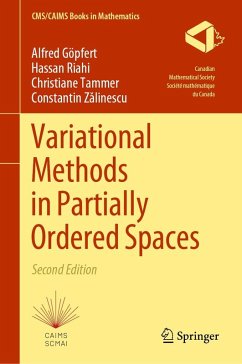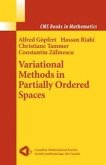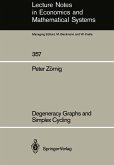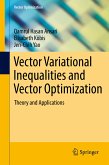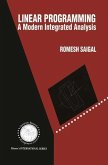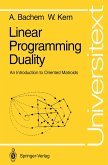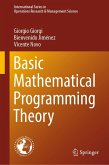This book aims to provide the newest results and applications of this quickly growing field. Basic tools of partially ordered spaces are discussed and applied to variational methods in nonlinear analysis and to optimization problems.
The book begins by providing simple examples that illustrate what kind of problems can be handled with the methods presented. The book then deals with connections between order structures and topological structures of sets, discusses properties of nonlinear scalarization functions, and derives corresponding separation theorems for not necessarily convex sets. Furthermore, characterizations of set relations via scalarization are presented.
Important topological properties of multifunctions and new results concerning the theory of vector optimization and equilibrium problems are presented in the book. These results are applied to construct numerical algorithms, especially, proximal-point algorithms and geometric algorithms based on duality assertions.
In the second edition, new sections about set less relations, optimality conditions in set optimization and the asymptotic behavior of multiobjective Pareto-equilibrium problems have been incorporated. Furthermore, a new chapter regarding scalar optimization problems under uncertainty and robust counterpart problems employing approaches based on vector optimization, set optimization, and nonlinear scalarization was added.
Throughout the entire book, there are examples used to illustrate the results and check the stated conditions.
This book will be of interest to graduate students and researchers in pure and applied mathematics, economics, and engineering. A sound knowledge of linear algebra and introductory real analysis should provide readers with sufficient background for this book.
Dieser Download kann aus rechtlichen Gründen nur mit Rechnungsadresse in A, B, BG, CY, CZ, D, DK, EW, E, FIN, F, GR, HR, H, IRL, I, LT, L, LR, M, NL, PL, P, R, S, SLO, SK ausgeliefert werden.
Hinweis: Dieser Artikel kann nur an eine deutsche Lieferadresse ausgeliefert werden.

